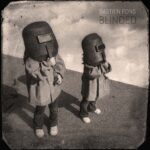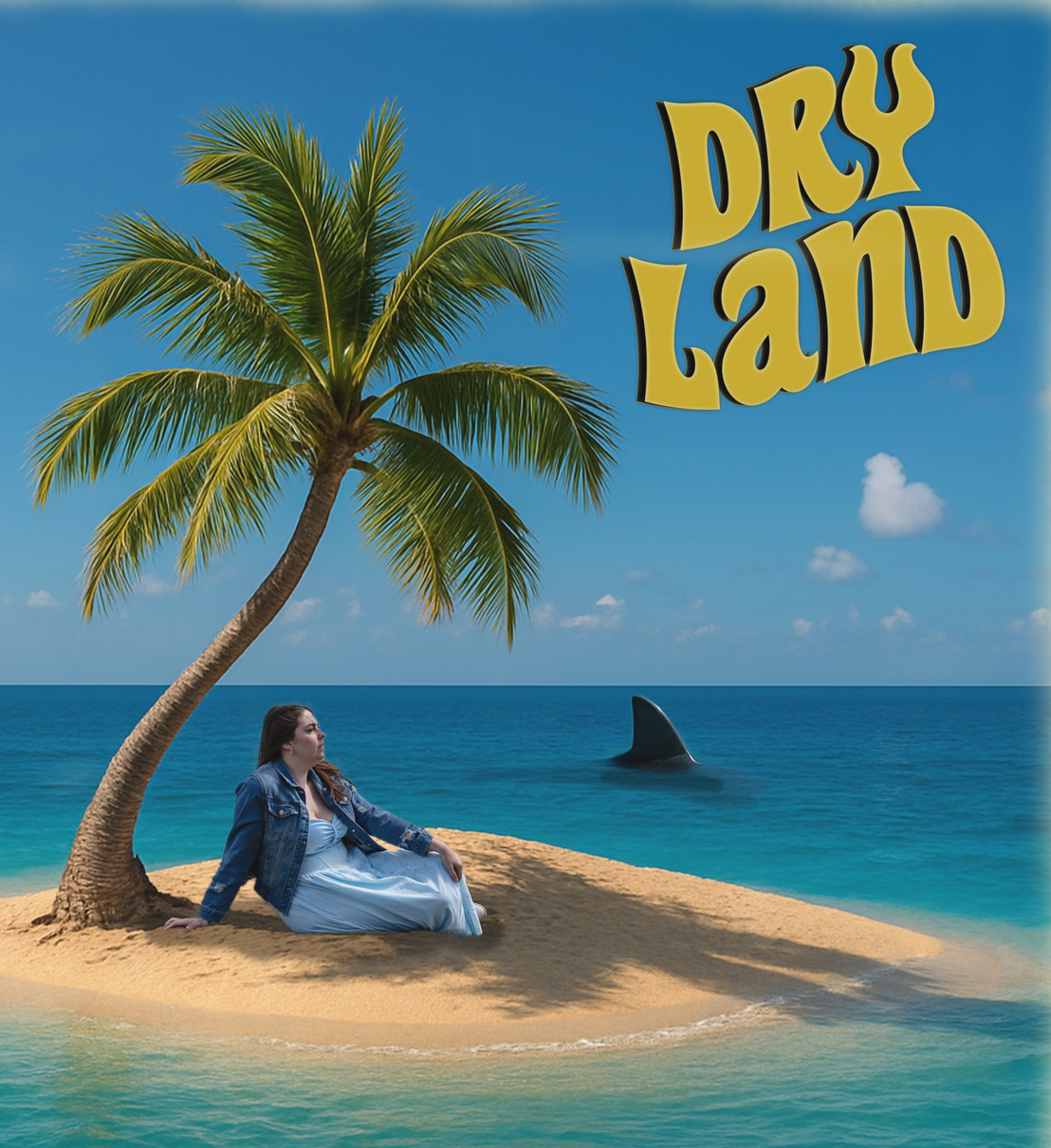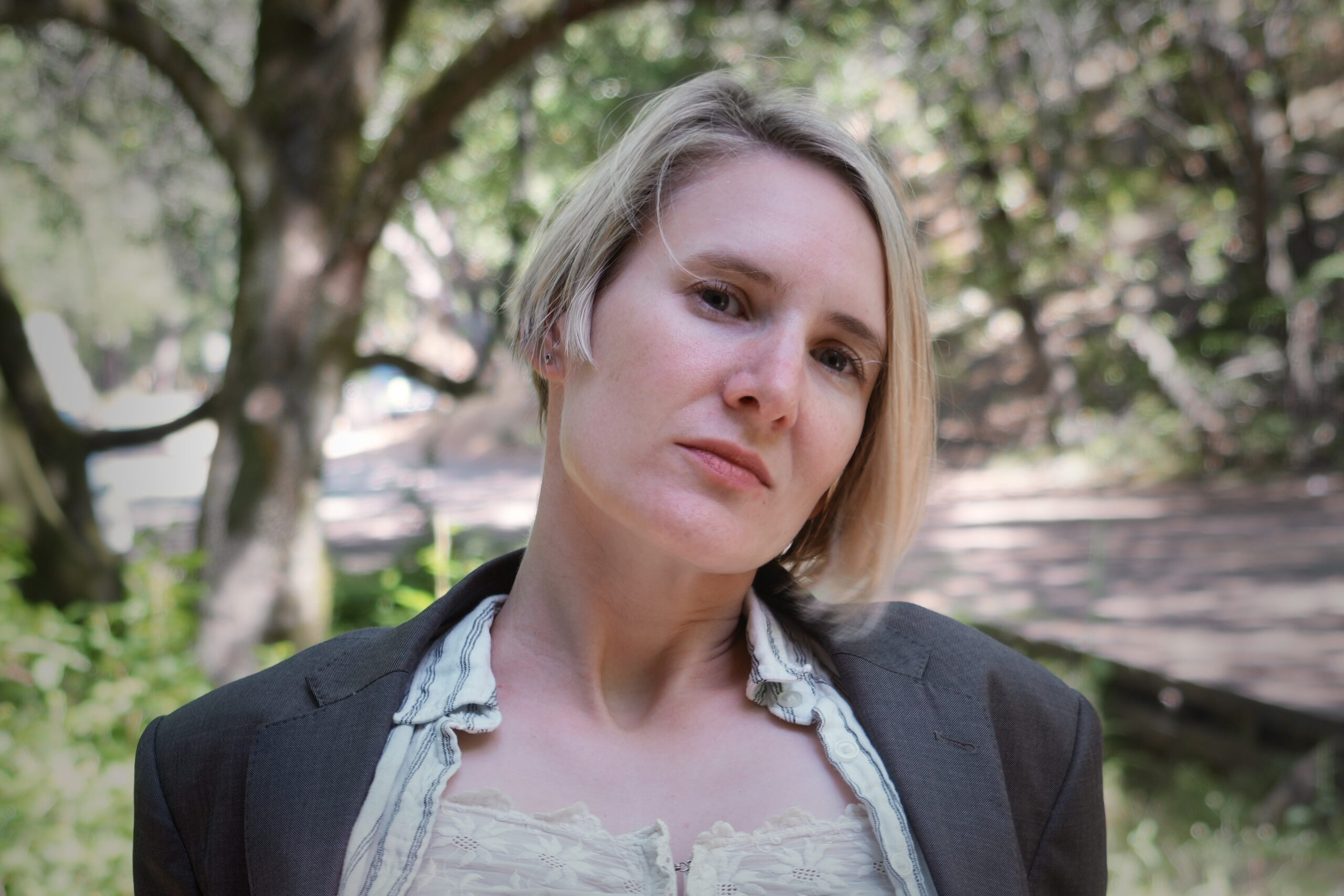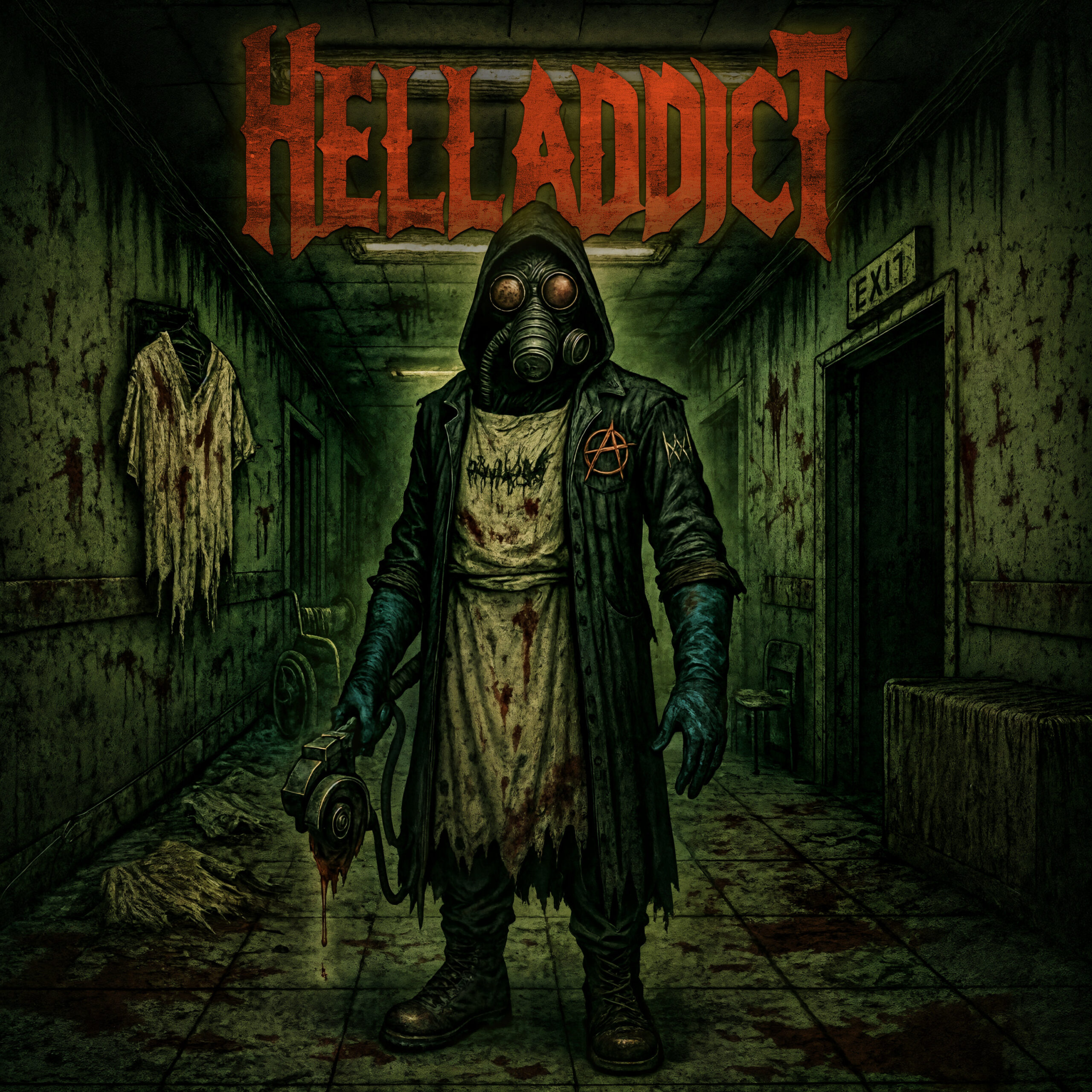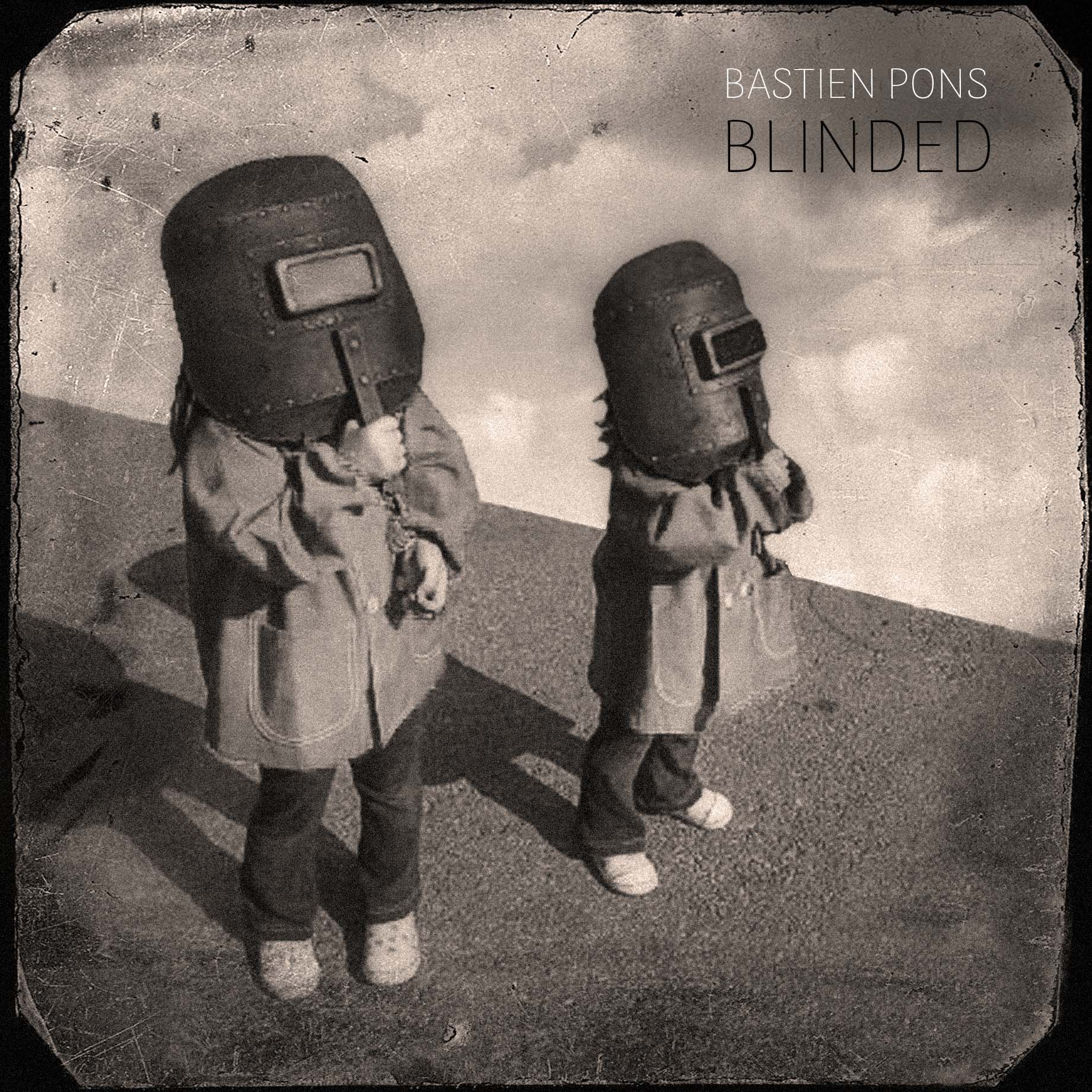The opening of “Dry Land” introduces a soft piano theme that slowly gives way to layered instrumentation. This slow build mirrors the feeling of being pulled underwater, matching the song’s central metaphor. The music swells in waves, with percussion and ambient textures rising and falling to create tension. It feels like the sound moves in circles, never letting the listener rest for too long.
Songbird’s vocal performance matches that motion. Her voice stays steady but carries a slight edge, like someone who has been hurt but is still standing. There is nothing forced in her singing. Instead, the focus is on letting the lyrics speak clearly. Lines about being dragged down or surrounded show up repeatedly, reinforcing the idea of danger and emotional pressure. These references are drawn from traits of sharks, but the meaning stays emotional rather than scientific.
The chorus brings a sense of shift. The rhythm becomes clearer, and the chords open up. It feels like surfacing for air. Still, the tone never turns cheerful. It is a pause, not a full recovery. That moment of relief helps balance the rest of the song.
Throughout, the instrumentation remains thoughtful. There are no flashy effects or sudden changes. Instead, small choices—like a piano note left ringing or a vocal pause—add weight. The simplicity works because every sound has a purpose.
“Dry Land” does not need to be loud to leave an impression. It is well-paced, clearly produced, and emotionally grounded. It offers strength through clarity, not volume.



